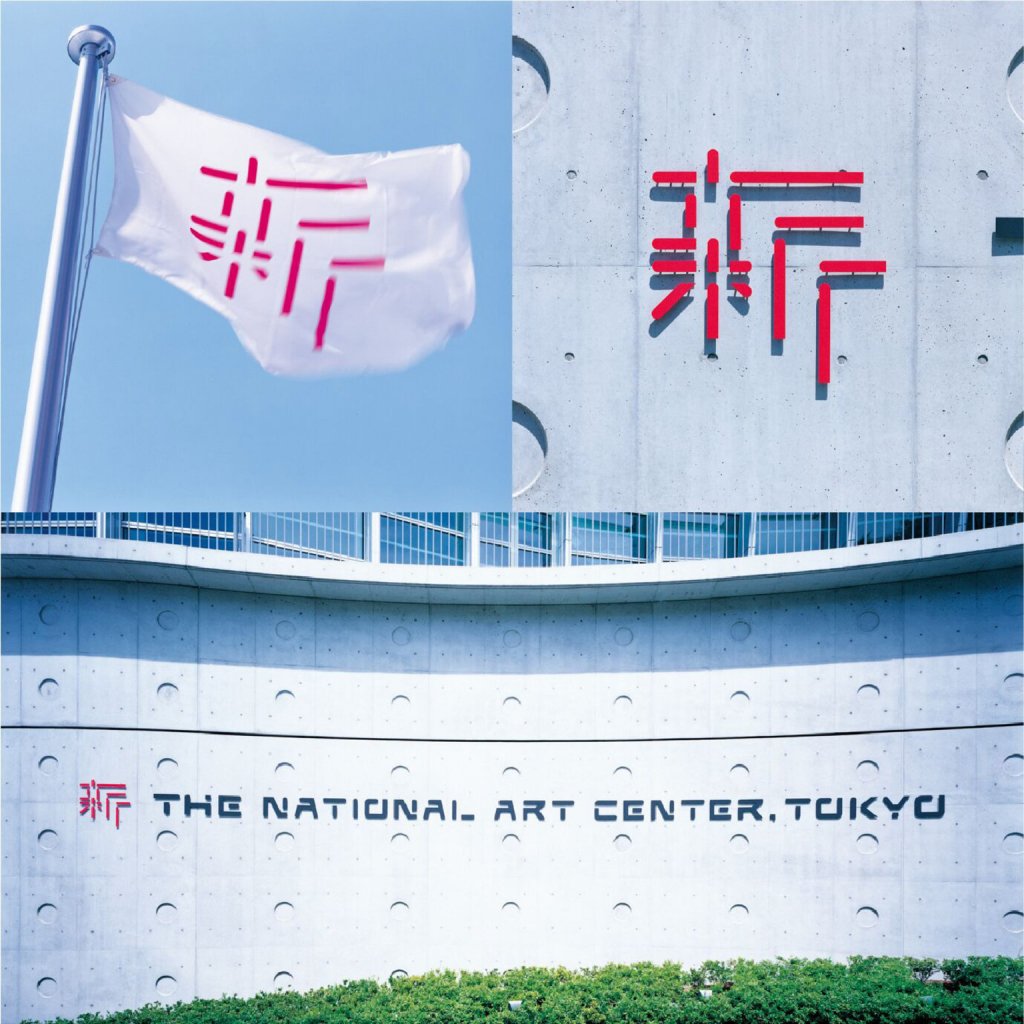Japanese culture has always been admired for its cuisine, scenic spots, and traditional arts. At the same time, the country is ranked as one of the top contributors in design, whether it be fashion, product, architecture, or graphic design. The international scene in design ardently reveres buildings by architect Tadao Ando, fashion by Issey Miyake, or costume and theatrical direction by Eiko Ishioka. Joining Japan’s cream of the crop in graphic design is designer Kashiwa Sato, who is considered one of the most highly respected creative directors not only in Japan, but across the globe. His logo designs have become part of our daily consumerism: Uniqlo, Nissin, Seven Eleven, Kirin beer, Rakuten, and many more.
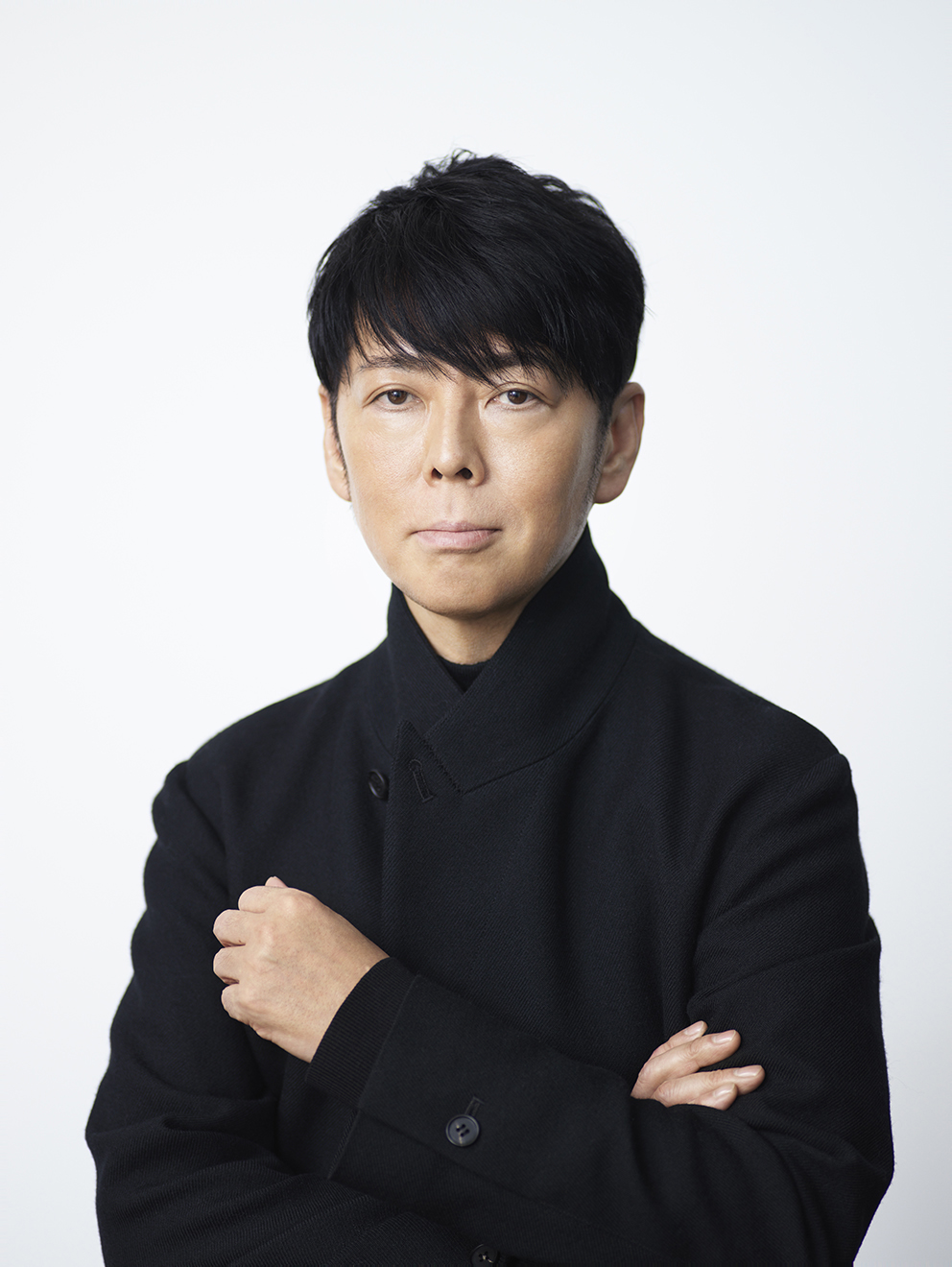
Kashiwa Sato, Creative Director, Portrait
Who is Kashiwa Sato?
After having graduated from Tama Art University, Sato worked at Japan’s top advertising company Hakuhodo in 1989 for eleven years, and while stationed at Hakuhodo, he took charge of the branding of Honda’s mini-van line Step WGN for eight years. By 2000, he had built his own independent business with his creative studio SAMURAI. Carrying his adeptness in creative conceptualization and communication strategy with him, Sato continues to serve prominent clients such as Rakuten from 2003, Uniqlo from 2006, and Seven Eleven from 2011. It was in 2006 when Uniqlo began to expand its fashion brand overseas, one example being their flagship store in New York. Sato handled its global branding communication activities from logo design, flagship store design, product planning and promotion strategies.
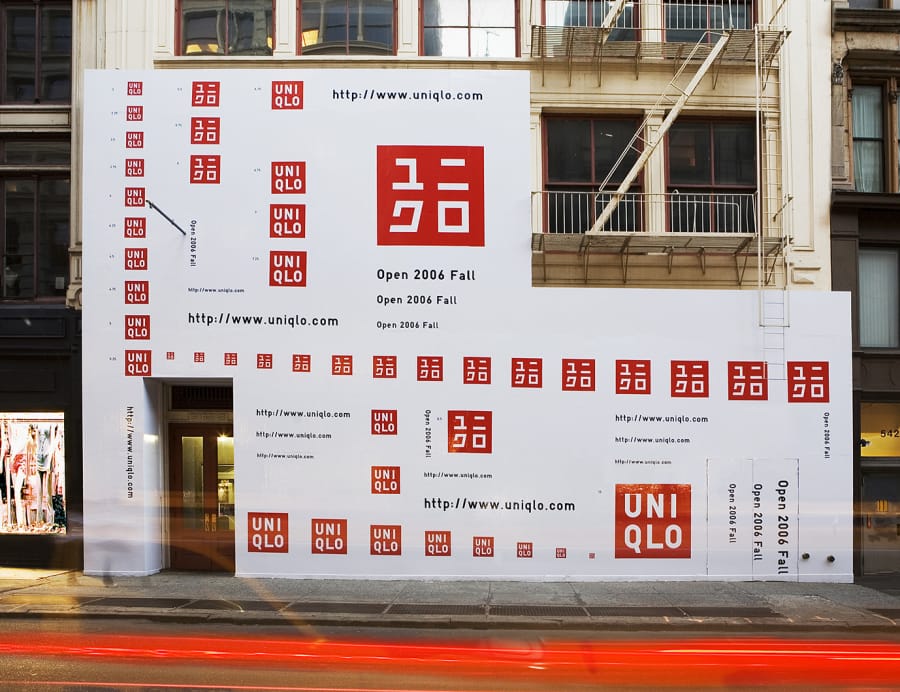
UNIQLO Soho New York, outdoor advertisement (construction site hoarding), 2006
His work portfolio seems endless: Nissin, Cup Noodle Museum, Yanmar, Imabari Towel Japan, T-Point, Mitsui & Co., Daiwa, Suit Select, and the logo and signage schemes for The National Art Center, Tokyo, among many others. He also managed the total interior design direction for Takeda Pharmaceutical Co., and the renewed architectural planning of Fuji Kindergarten. The incredible scope of his project involvement ranges from business companies, schools, hospitals, museums, entertainment, fashion, food, transportation, and other local industries.
Kashiwa Sato’s Roots and Start
In one interview, Sato remarks that since he was a child he had always been fond of manga cover designs, marks and signage. Images in his mind started to swell when he looked at them. He loved drawing pictures in his youth and he often drew on any material at hand, such as newspapers. By the time he reached third and fourth grade, he started to develop his passion for cartoons and logos which he drew not only in notebooks but also on school textbooks and the back of test answer sheets. He would superimpose logos on visuals and copy cartoon illustrations. While watching soccer games, he paid close attention to the shoe and windbreaker brands, and somehow believed that the logo makes everything look different. He recalls, “I felt the brand’s immense cosmos=space within that small logo and was drawn to its attractiveness.” (from Kashiwa Sato exhibition, The National Art Center, Tokyo)
Organization and space played a major impact in Sato’s vision of design. As early as elementary school, he learned to systematically organize his comic books at home, making him feel and see a different landscape of the world. Sato’s father was an architect and designed their home, which had no partition walls and embodied free space. Sato learned to appreciate a vast space that made him feel a part of an invisible world. Thus, a clean sheet of white paper was for him an empty space that invited him to explore with his imagination. “I want to freely go on an imaginary trip to see a world I have never seen before and go to a different dimension. There must be something new there. I am on a continuous journey to create something new.” (from Kashiwa Sato exhibition, The National Art Center, Tokyo)
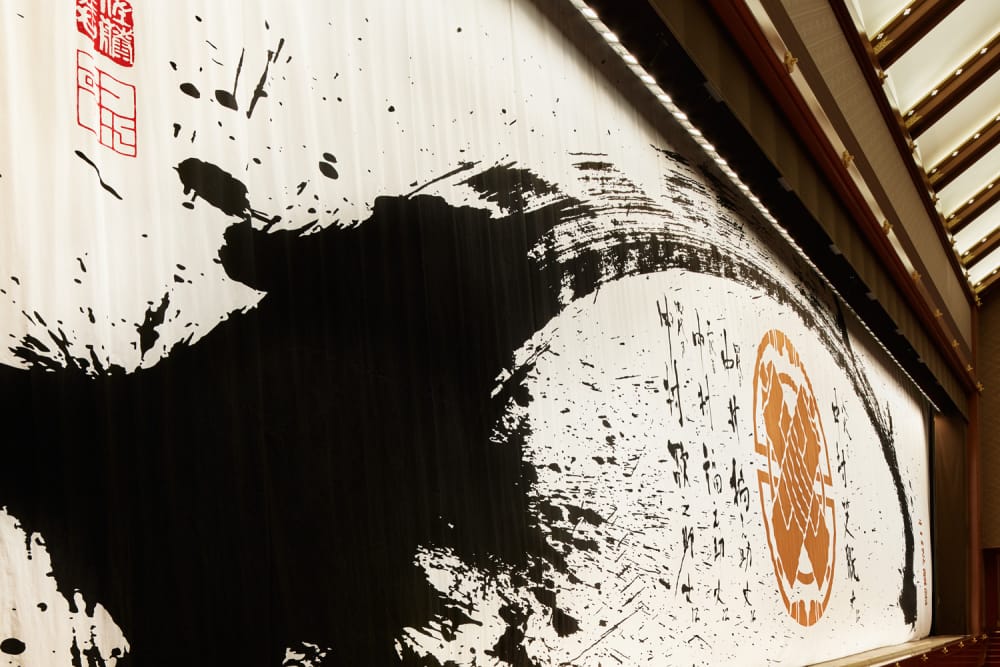
Celebratory stage curtain for the Performance Commemorating the Name-Taking Ceremony of Nakamura Shikan VIII, Kabukiza Theatre, Tokyo, October 2016
The Sucess of Kashiwa Sato
Kashiwa Sato is said to have brought a totally different meaning to “media,” which traditionally incorporated television, radio, newspapers and magazines. Instead, he expanded advertising media to embrace CD sleeves, beverage packaging designs, shopping bags, billboards, tissue packs, and posters hung inside trains. Signages, thus, have become omnipresent in the streets for all to see as icons and emblems that convey information. Sato revolutionized the design paradigm by providing brand identity a long-standing awareness in the human mind.
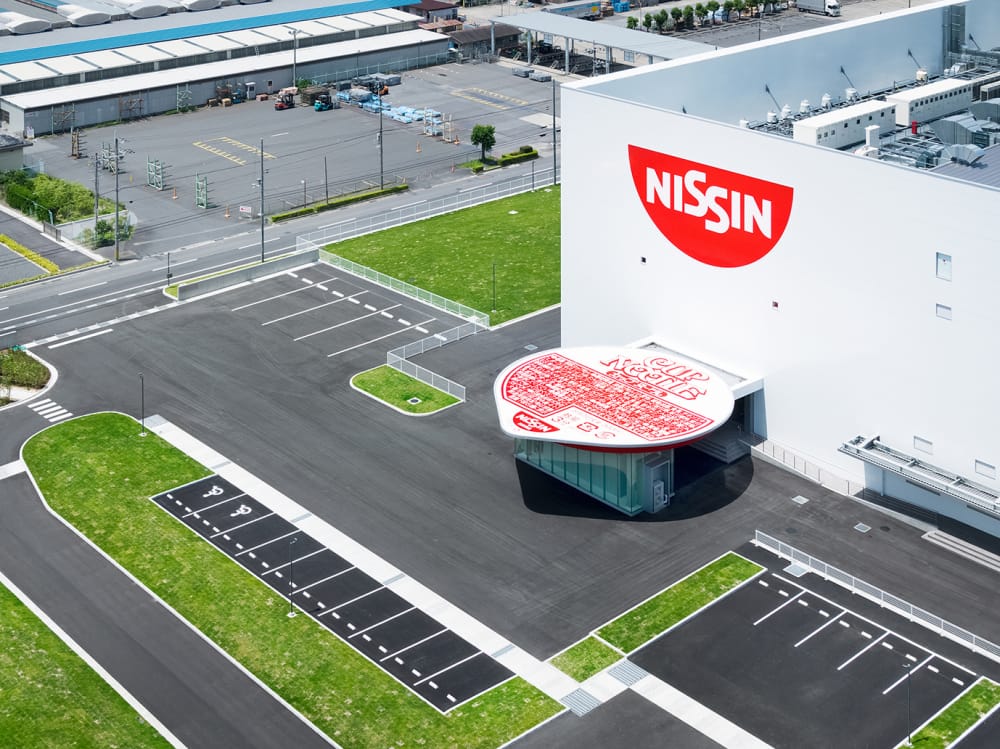
NISSIN KANSAI FACTORY, Total Producing, 2019
As a brand architect, Sato possesses immense ability to identify, illuminate and visualize the essence of a subject. His style is simple yet striking and focuses on the impact that must remain strong and last long. For his many excellent endeavors, he has been honored with numerous awards: Mainichi Design Prize, the Tokyo ADC Award (Grand Prix), the Tokyo TDC Prize (Gold Prize), the Asahi Advertising Award (Grand Prix), the Kamekura Yusaku Award, and the Japan Package Design Award.
Sato is known to often engage in dialog with his clients to discover the company’s needs more deeply. “What’s important to you?” is the question he would usually ask his clients face-to-face. “In design, there is always the question of how much to preserve and how much to change. In every artifact, there is a basic function, an archaic form that must always stay the same.” Sato elaborates.
In Sato’s own words, “A concept must not stray too far from the known path, otherwise, people feel overwhelmed and it is immediately rejected. It’s enough to provide that small stimulus. Like a muscle, without any stimulus, it cannot grow either.”
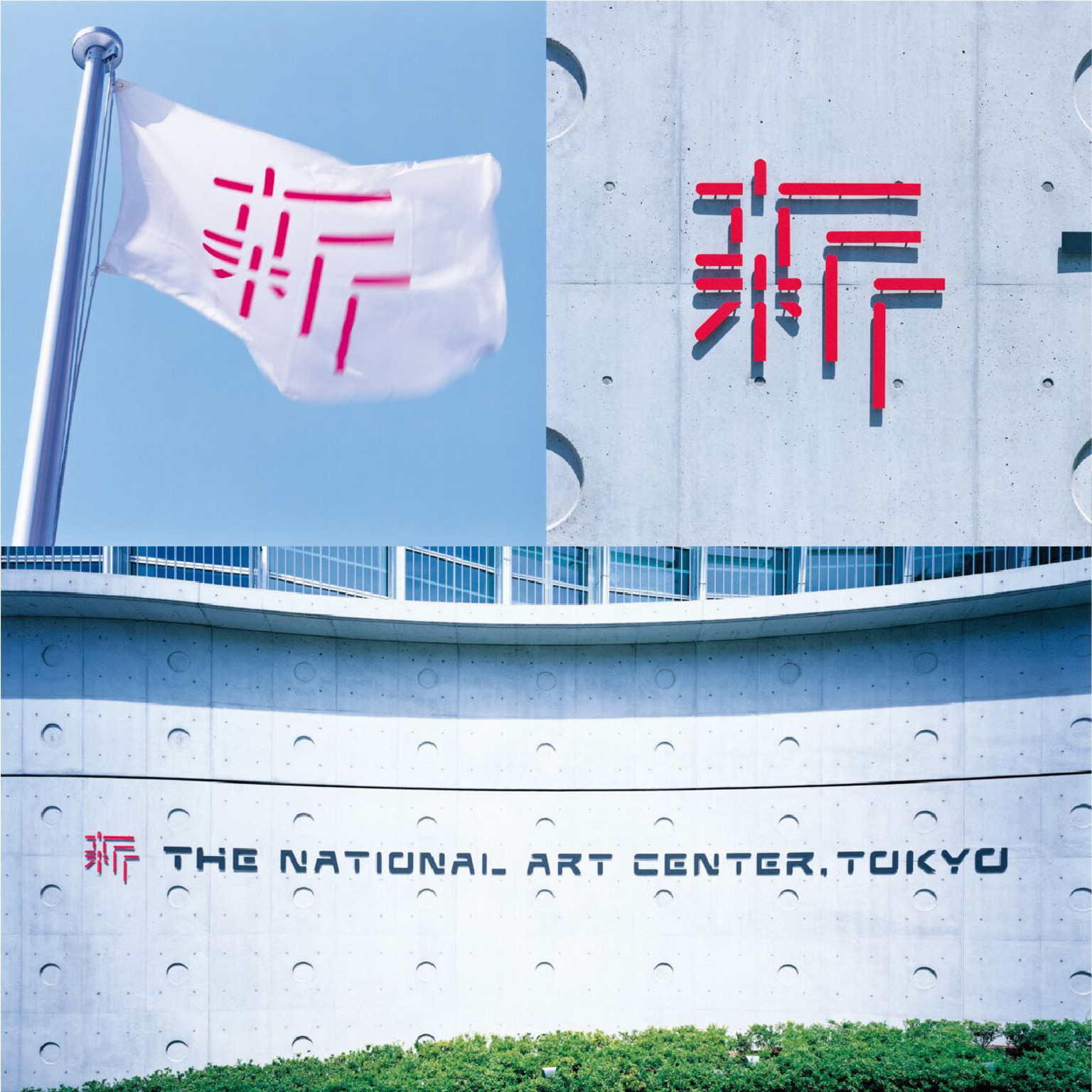
The National Art Center, Tokyo, visual identity project, 2006
Kashiwa Sato’s First Grand Solo Exhibition
Ongoing until May 10, 2021, The National Art Center, Tokyo is presenting Sato’s first grand solo exhibition, simply titled “Kashiwa Sato” which spans the creator’s 30 years of design accomplishments. The exhibition demonstrates Sato’s basic principles of visual design from organizing information, extracting its essence, and translating concepts into visual language. His complete works are showcased in seven sections: The Space Within, Advertising and Beyond, The Logo, The Power of Graphic Design, Iconic Branding Projects, Lines/Flow, and Sato’s designed t-shirts in Uniqlo’s UT Store.
Top image: Kashiwa Sato, “LINES,” 2020

